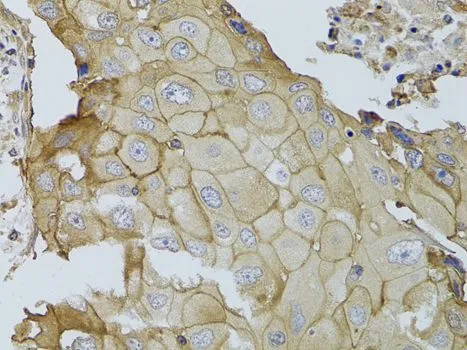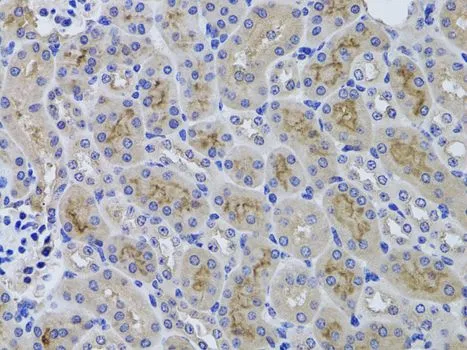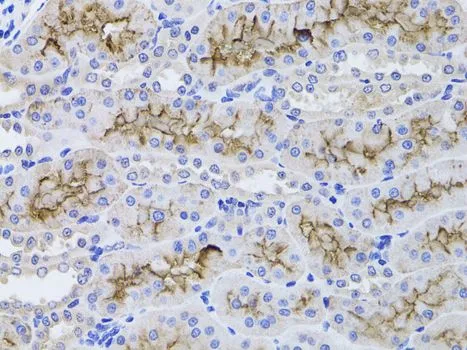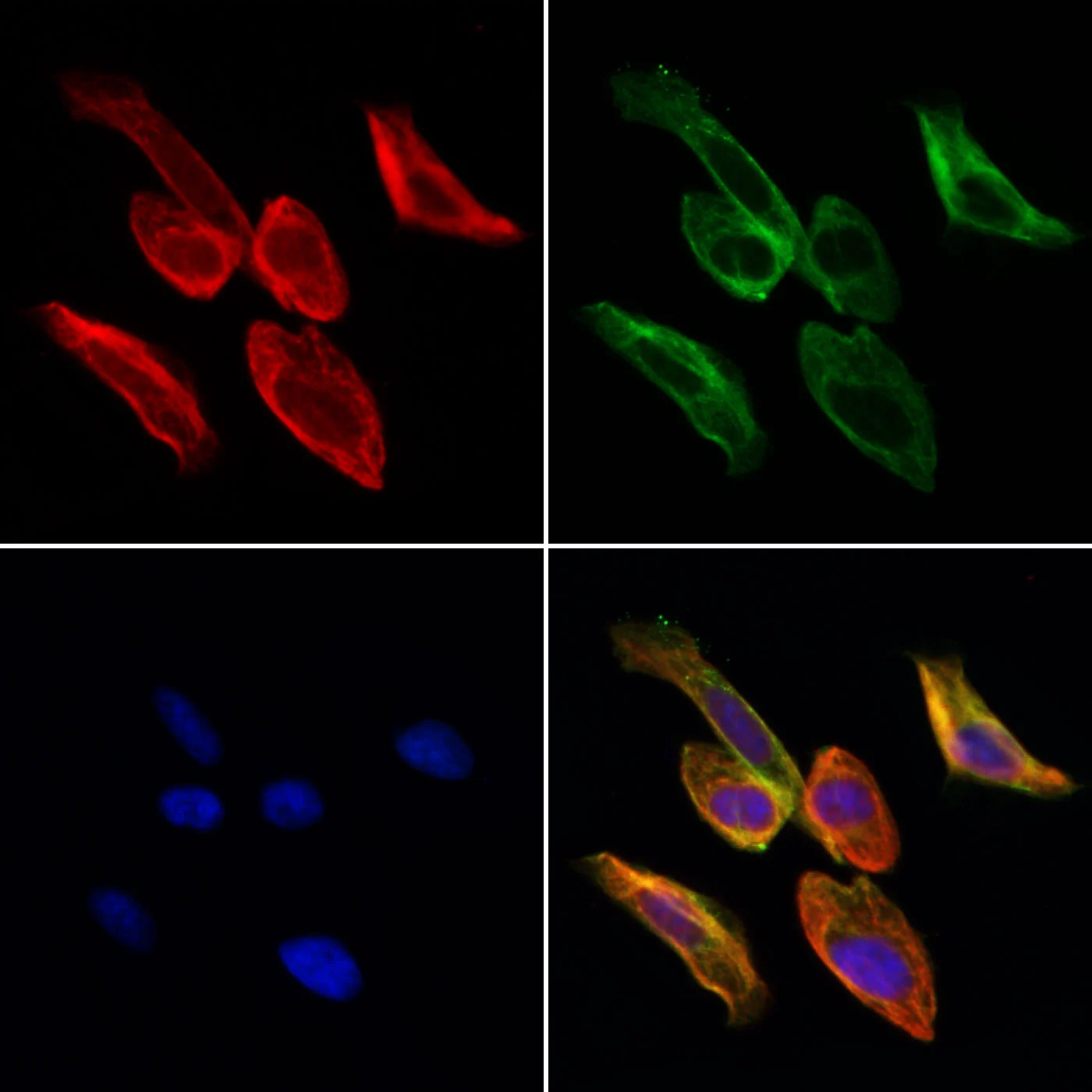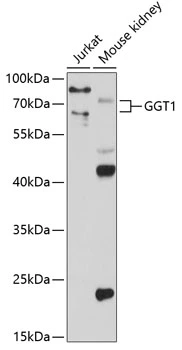
WB analysis of various sample lysates using GTX55638 GGT1 antibody. The signal was developed with ECL plus-Enhanced. Dilution : 1:1000 Loading : 25microg per lane
GGT1 antibody
GTX55638
ApplicationsWestern Blot, ImmunoHistoChemistry, ImmunoHistoChemistry Paraffin
Product group Antibodies
TargetGGT1
Overview
- SupplierGeneTex
- Product NameGGT1 antibody
- Delivery Days Customer9
- Application Supplier NoteWB: 1:500 - 1:2000. IHC-P: 1:50 - 1:200. *Optimal dilutions/concentrations should be determined by the researcher.Not tested in other applications.
- ApplicationsWestern Blot, ImmunoHistoChemistry, ImmunoHistoChemistry Paraffin
- CertificationResearch Use Only
- ClonalityPolyclonal
- ConjugateUnconjugated
- Gene ID2678
- Target nameGGT1
- Target descriptiongamma-glutamyltransferase 1
- Target synonymsCD224; D22S672; D22S732; gamma-glutamyltranspeptidase 1; GGT; GGT 1; GGTD; glutathione hydrolase 1 proenzyme; GTG; leukotriene-C4 hydrolase; testicular tissue protein Li 73
- HostRabbit
- IsotypeIgG
- Protein IDP19440
- Protein NameGlutathione hydrolase 1 proenzyme
- Scientific DescriptionThe enzyme encoded by this gene is a type I gamma-glutamyltransferase that catalyzes the transfer of the glutamyl moiety of glutathione to a variety of amino acids and dipeptide acceptors. The enzyme is composed of a heavy chain and a light chain, which are derived from a single precursor protein. It is expressed in tissues involved in absorption and secretion and may contribute to the etiology of diabetes and other metabolic disorders. Multiple alternatively spliced variants have been identified. There are a number of related genes present on chromosomes 20 and 22, and putative pseudogenes for this gene on chromosomes 2, 13, and 22. [provided by RefSeq, Jan 2014]
- Storage Instruction-20°C or -80°C,2°C to 8°C
- UNSPSC12352203

